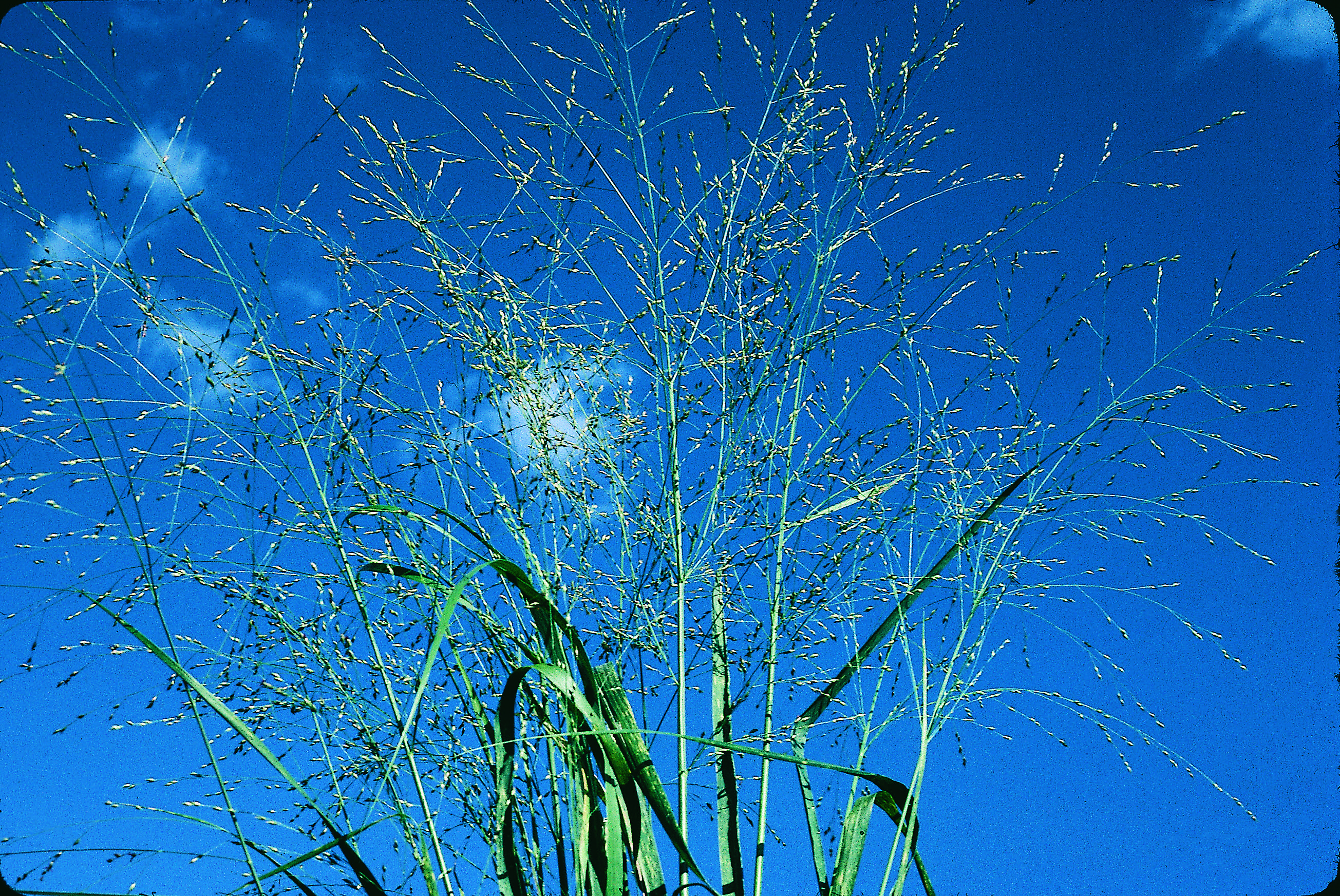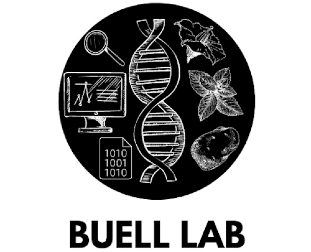Exploiting Natural Diversity to Identify Alleles and Mechanisms of Cold Adaption in Switchgrass

One of the proposed mechanisms to increase switchgrass biomass and maximize its use as an energy feedstock is to grow lowland cultivars in more northern latitudes where they have higher yield potential, due in part, to their significantly later flowering time at these latitudes. However, lowlands are not adapted to the colder winter conditions in northern climes and exhibit low survival rates when grown at latitudes outside their adapted range. Many unadapted populations possess a small frequency of individuals that can survive the winter, indicating that, within the collective genetic diversity of the population, alleles are present that confer cold tolerance. If these alleles could be catalogued and converted into molecular markers, they would facilitate accelerated breeding and provide a mechanism to improve the efficiency of breeding switchgrass cultivars with high biomass and cold hardiness. Our hypothesis is that alleles favorable to cold hardiness will be enriched in individuals that survive over-wintering conditions outside their native hardiness zone and that these alleles will be under-represented in individuals within the population that fail to survive over-wintering.
In collaboration with Michael Casler (USDA-ARS) and Gautum Sarath (USDA-ARS), we will use allele frequencies determined through bulk segregant exome capture sequencing to identify genes, and specifically alleles, important to cold hardiness in lowland switchgrass populations. Using bulk segregant transcriptome sequencing, we will identify transcripts and regulatory RNAs associated with successful senescence and cold hardiness that will permit prediction and validation of key metabolites involved in cold adaptation. Data from this project will be central to furthering our understanding of cold tolerance in switchgrass and in identifying alleles that can be used in breeding programs to increase switchgrass biomass.
Project Directors
Contact
Robin.Buell@uga.eduFunding
Funding for this project is from USDA NIFA (2014-67009-22310).
